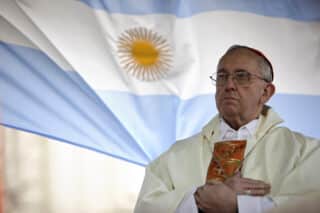His supporters had tied yellow ribbons on trees to welcome him home. Former senator Ninoy Aquino, leader of the opposition against the dictatorship of then Philippine strongman Ferdinand Marcos, had decided to return home from exile in the United States. It had been three long years—as the old song goes—and they wanted to signal that they were still with him.
Ninoy was imprisoned upon the declaration of martial law in 1972. In 1981, his health failing, he was allowed to go the US to undergo a heart operation. Slowly regaining his strength, he took up a fellowship at Harvard University and travelled throughout the US giving speeches and meeting with the Filipino community. In 1983, however, he decided to come home to challenge the dictatorship. He was shot on the tarmac of the Manila International Airport as he was being escorted by soldiers to a waiting van.
Shocked at his assassination, his supporters stripped the yellow ribbons from the trees around the airport, turning them into banners of indignation and protest. Yellow confetti rained down on ever increasing protest street rallies. Finally, yellow flags of revolt were raised high in February 1986, transforming a military mutiny into a popular revolt that overthrew the Marcos dictatorship. Ninoy’s widow, Corazon Aquino, wore yellow when she was swept into power, declaring the restoration of democracy in the country.
The airport is now renamed the Ninoy Aquino International Airport. For Filipinos, the color yellow remains a symbol of Ninoy’s martyrdom—and the people power. Monica Feria





